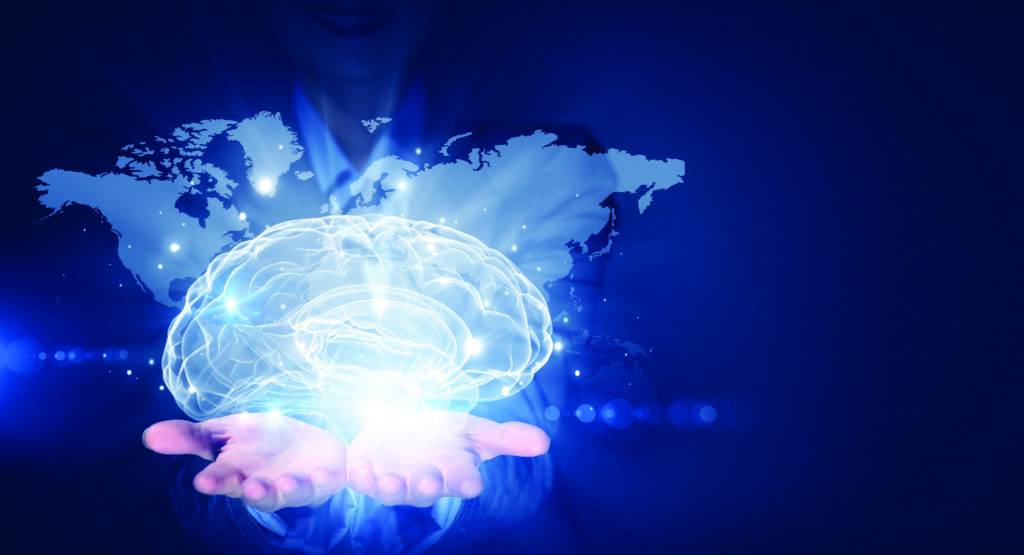And Heal Each Other
in the Process
BY KEVIN DANAHER
Let’s expand our definition of creativity. Let’s stop talking about creativity as if “individuals” do it. We are social animals, like wolves and ants. So creativity must be seen as a social product.
Our tendency to focus on the alleged individual as the source of creativity is odd when you think about what makes great art. Great art moves others. If there is no social impact from an act of creativity it remains in the dark. And don’t we experience our highest moments of spiritual enlightenment when we feel our deep connectedness with the rest of life?
This is not to denigrate people with strong creative skills. As a writer I know the frustration of staring at a blank screen, trying to generate something new. Although we appropriate knowledge socially, the act of creating something new is often done in isolation. And that isolation can often produce artists’ block—when the creative juices are just NOT flowing.
When professionally creative people are asked what they do when suffering from creativity constipation they all say the same thing—they get away from the project at hand and do something unrelated. They go for a walk in the woods, or for a swim, or they visit the local park or tavern. This change of physical and social setting helps produce a different mental state, which allows neuroplasticity to do its thing.
What is neuroplasticity? Neuroplasticity is the ability of the human brain to restructure itself and change the very shape of the electrical connections inside the body. Brain science has made huge advances in recent years, and we now know that we can reshape our nervous systems through conscious techniques such as meditation, yoga, dance, and mindfulness-based stress reduction (MBSR). Practicing MBSR increases the gray matter in brain areas where learning, memory, and emotional regulation take place.

Neuroplasticity reassures us that our brains can be retrained. Brain scientists have proven that “neurons that fire together, wire together.” In other words, if you practice a new behavior (e.g., giving up smoking cigarettes, learning a foreign language, or replacing junk food with healthy food) your brain will grow new neural pathways, just as lifting weights builds new muscle mass. So now we can be creative not just by producing material objects in the world but also by reshaping our internal world. This increases our ability to be creative in the external world. Ain’t that sweet?
This knowledge of neuroplasticity and how we can reshape our brains comes at a crucial point in human history, when we are confronted with a huge question: Can we save our species from self-destruction? Given the triple threats of climate chaos, growing inequality, and militarism, our species will need to get quickly creative if we hope to avert the disasters that threaten our existence.
Am I overstating the dangers we fa ce? Consider this one fact—when all the ice on this planets melts, which it is doing, it will raise ocean levels more than 200 feet. The whole state of Florida will go under water; major coastal cities will be swamped; and tens of millions of people will be forced to migrate. Yes, this will take centuries, but if we don’t get creative soon by reinventing our economic model, future generations will curse our sloppy misuse of the planet’s resources.
And just in time, the creative juices of the human race are producing a solutionary culture that is developing all over the world. This grassroots globalization takes many forms: the climate change movement is waking people up to the dangers of burning fossil fuels; the green economy movement is spreading the technologies of renewable energy, green building, biofuels, and regenerative agriculture; the permaculture movement is teaching people how to design land management that increases fertility and shares the wealth; and progressive spirituality is embracing science to birth conscious evolution and a global empathy revolution.
Until now, all revolutions were national in scope. The revolutionaries sought to gain control of the capital city to run that nation-state differently. Now we are in the early stages of the first-ever global revolution. It is a values revolution saying that instead of having money values rule over the life cycle, we must have life values rule over the money cycle. Instead of subordinating nature and people to the economy, we must subordinate the economy to people and nature.
This is a multi-generational revolution that will take centuries, but we have already begun laying the foundations of this transition. The United Nations has created 17 sustainability goals, including gender equality, no hunger, and zero poverty. We will eventually transition to a world with no endangered species, no clear-acut forests, no starving children, and no wars for oil. These changes will come about. The only question is how long will it take us to get creative on a global scale?
Dr. Kevin Danaher is a co-founder of Global Exchange, the Green Festivals, Fair Trade USA, and the Green Guardians. He is on the faculty of Feather River College in Quincy, CA.